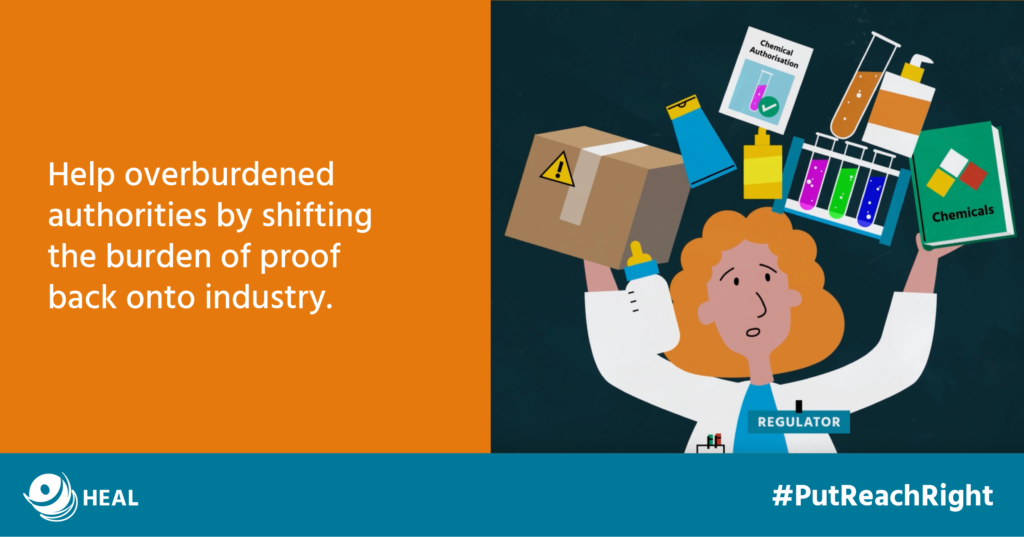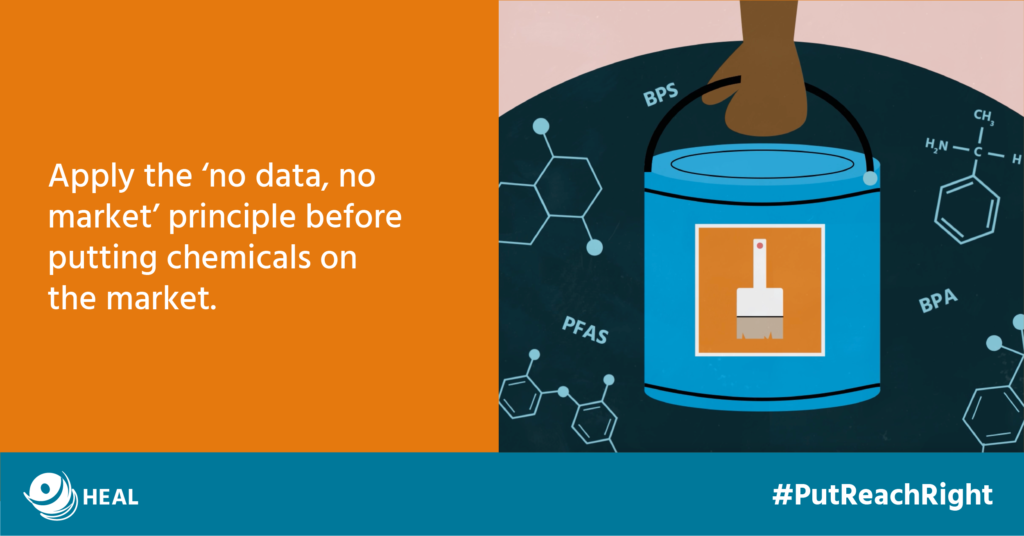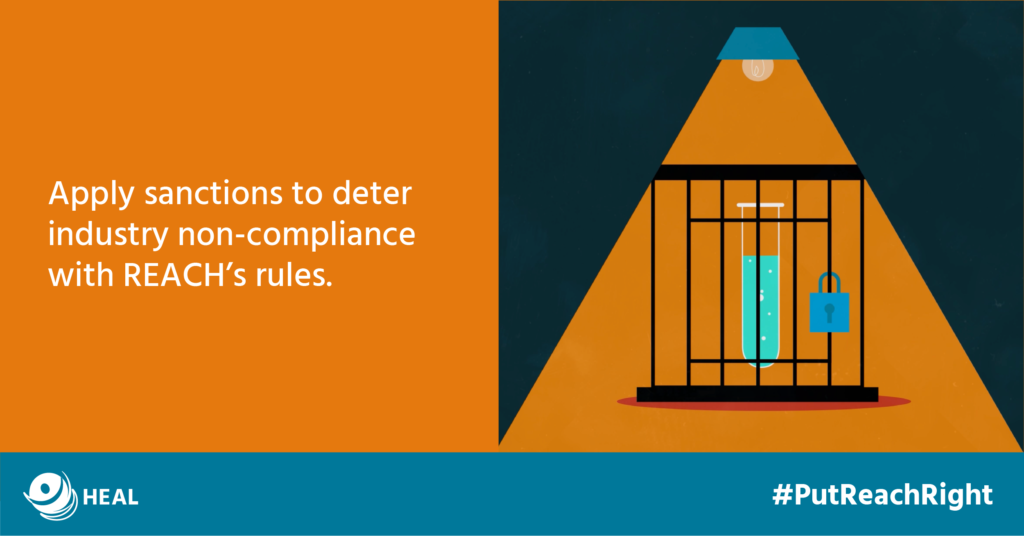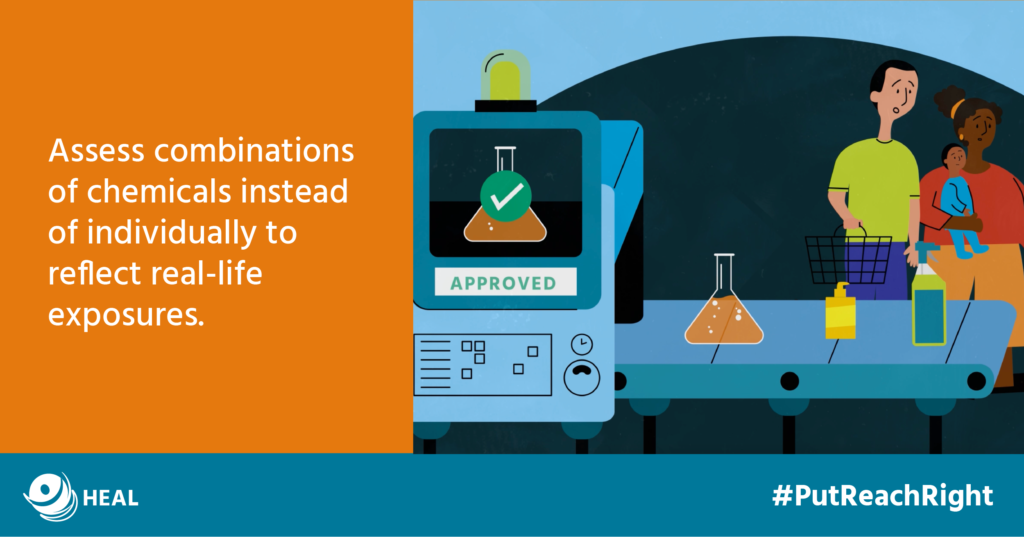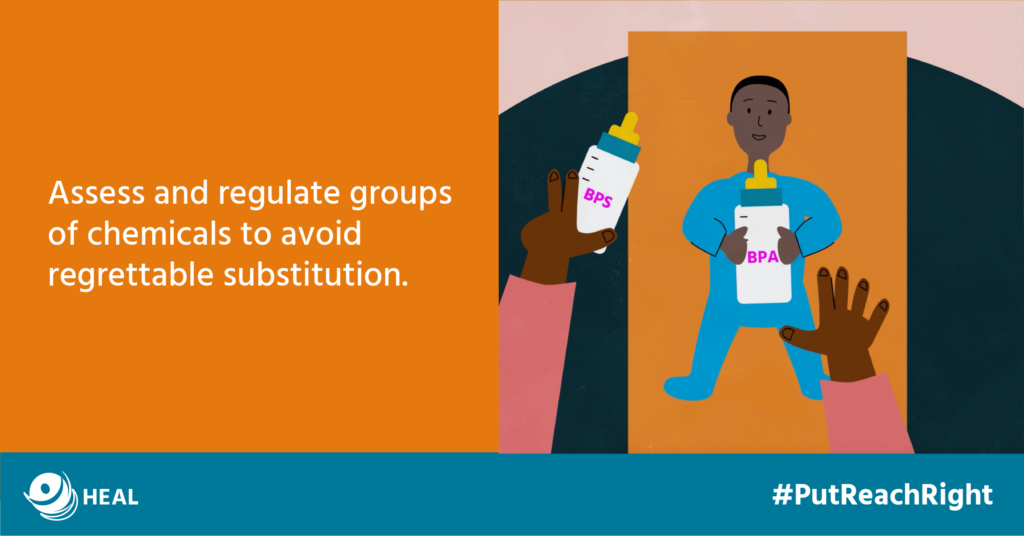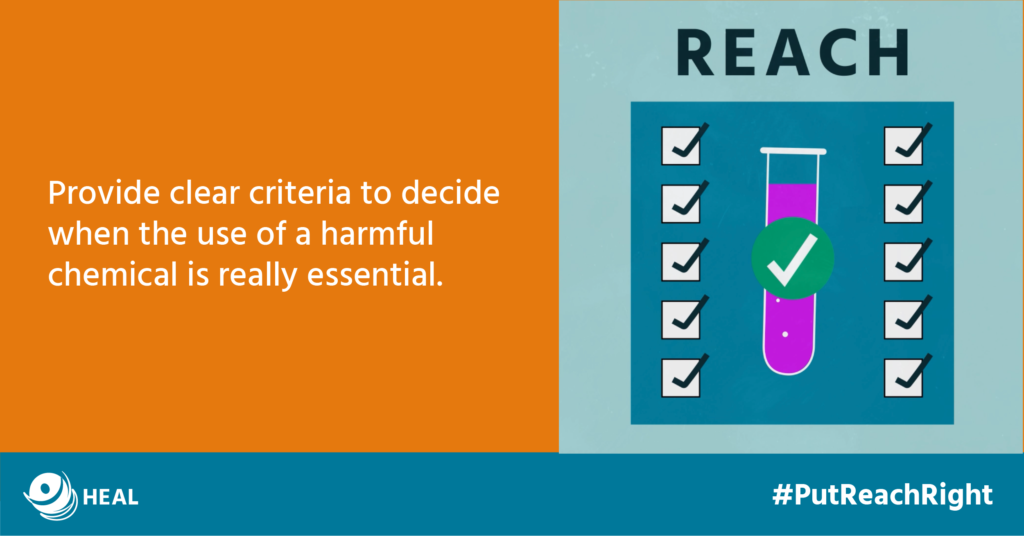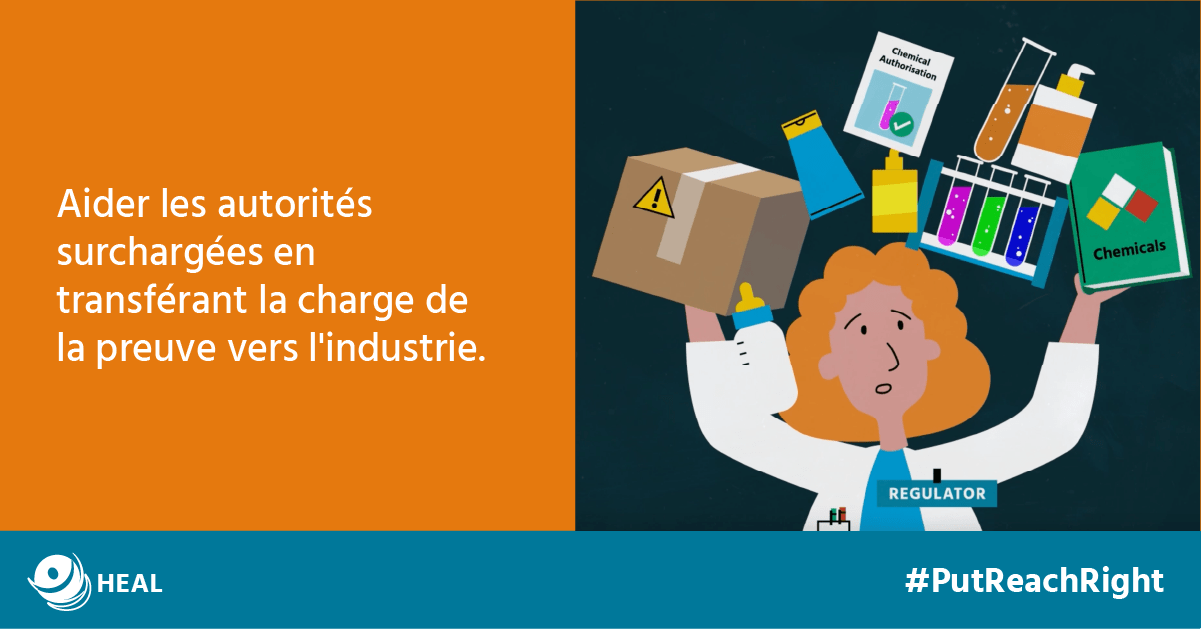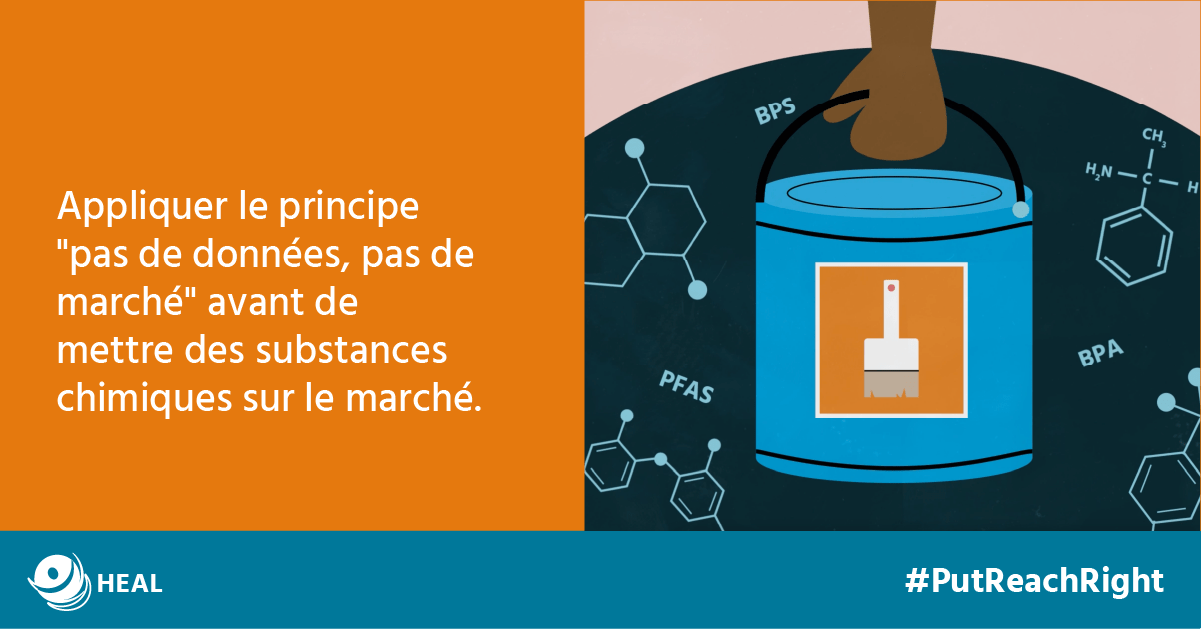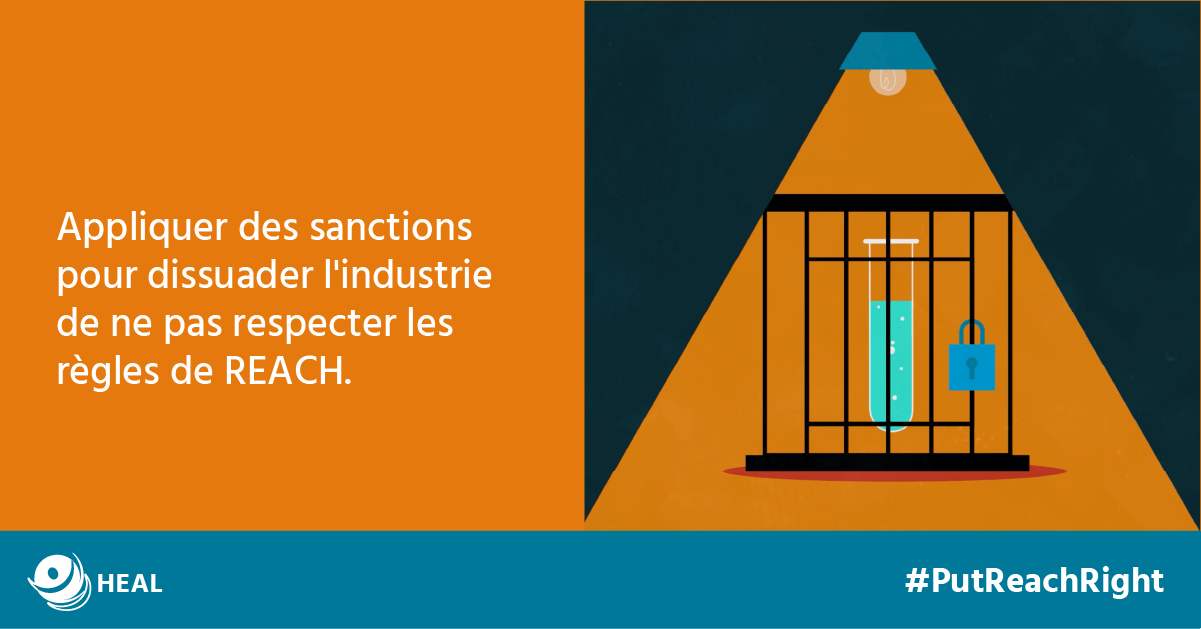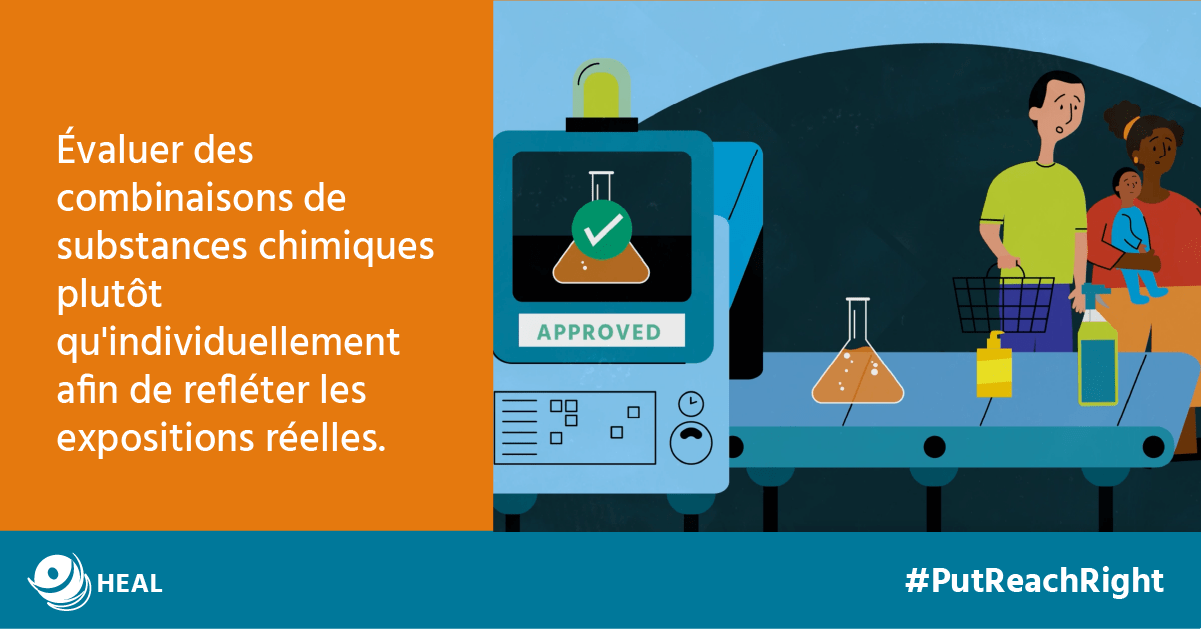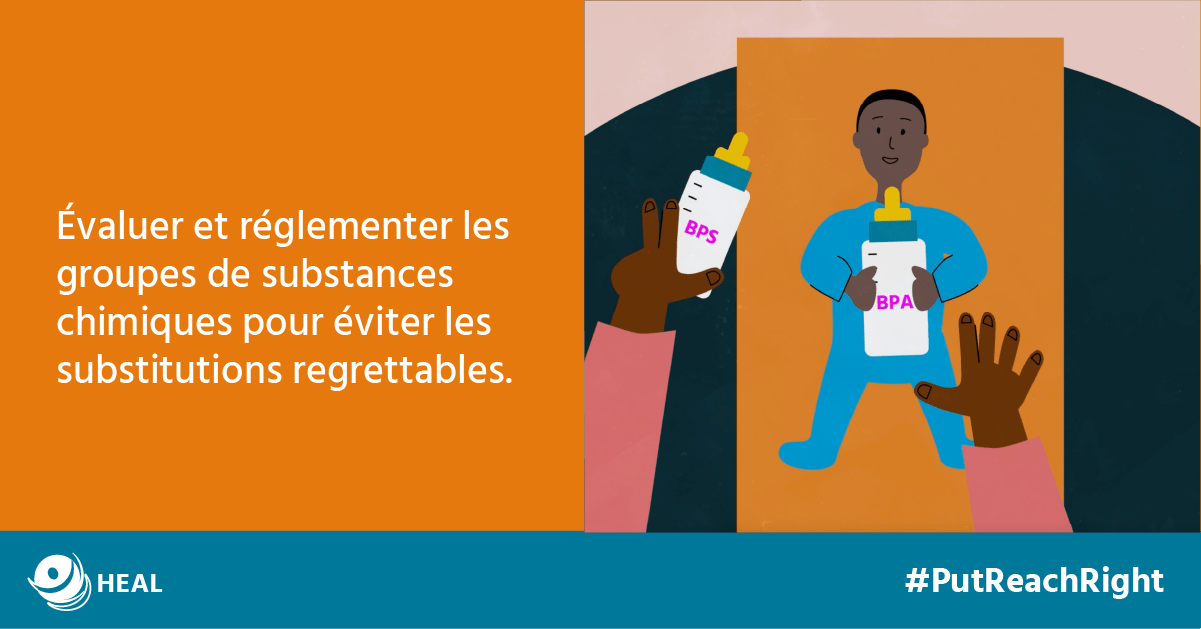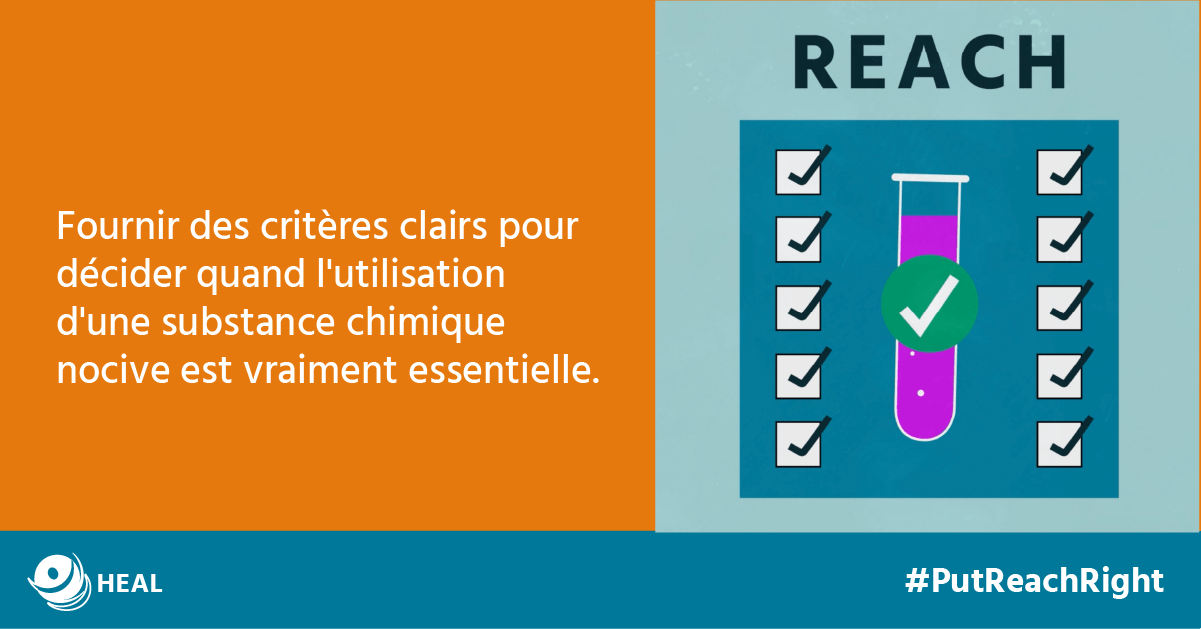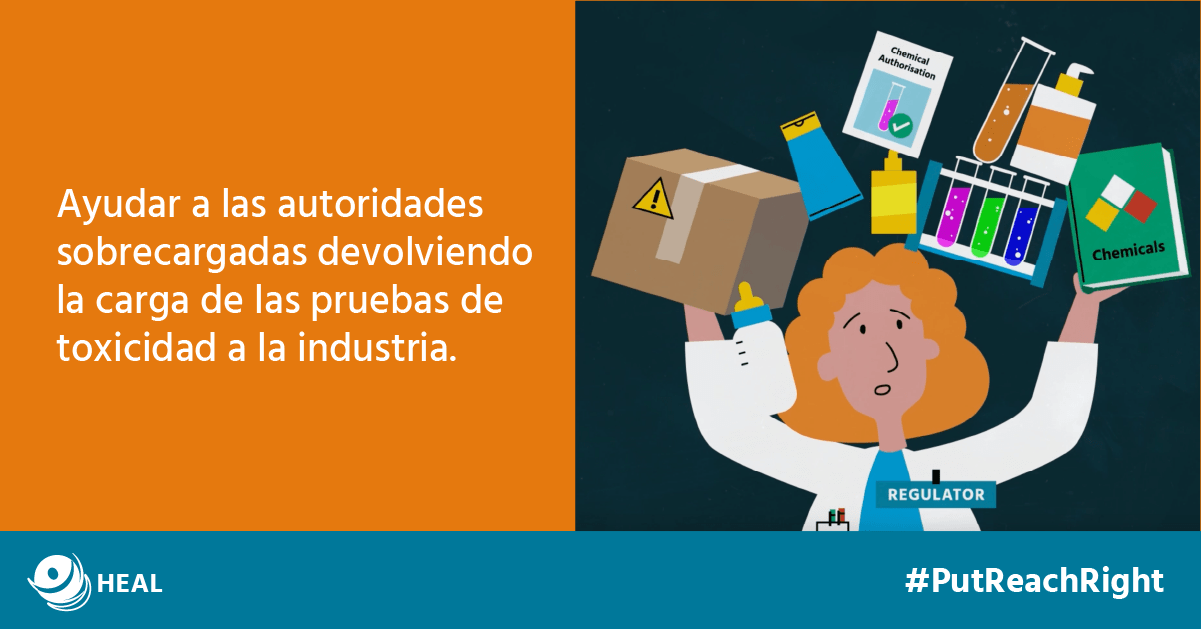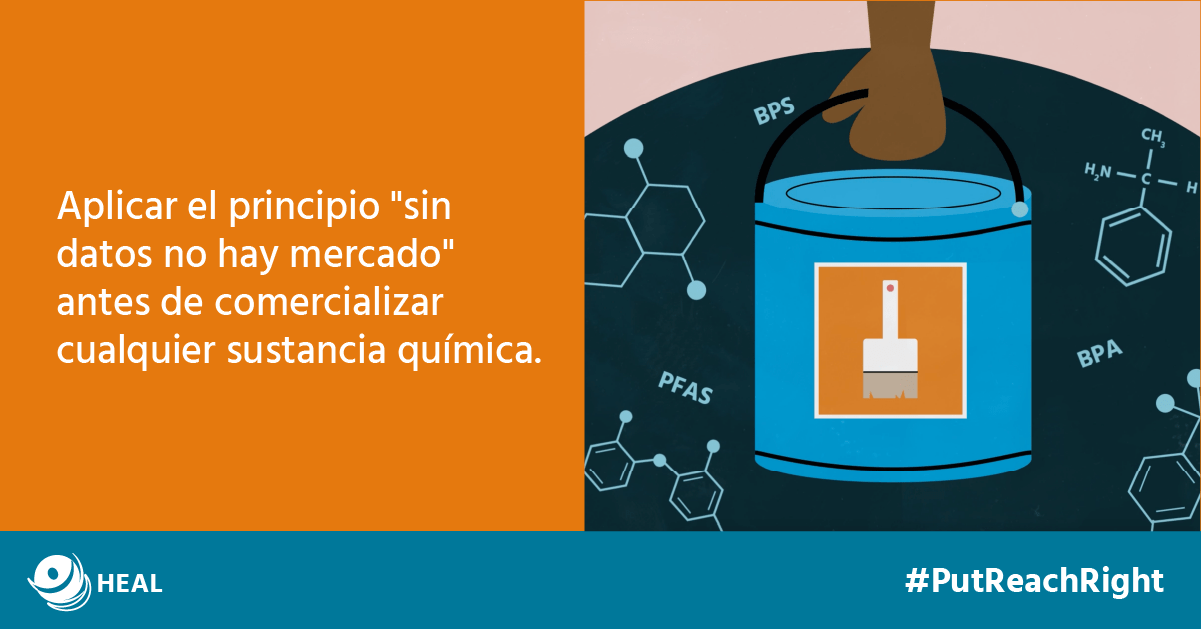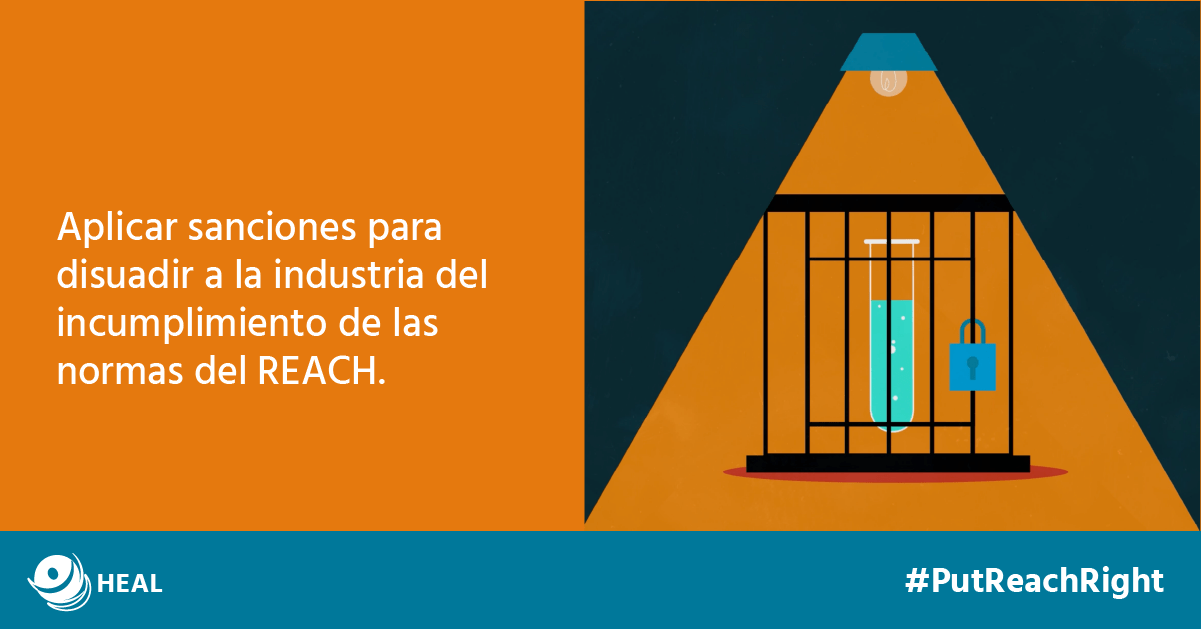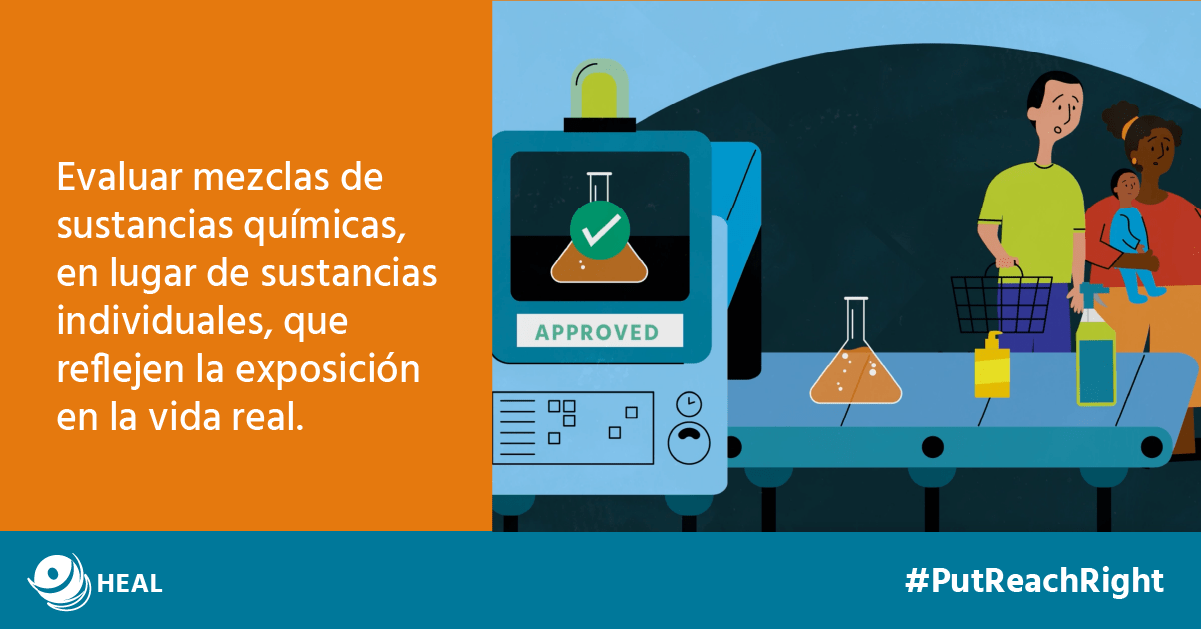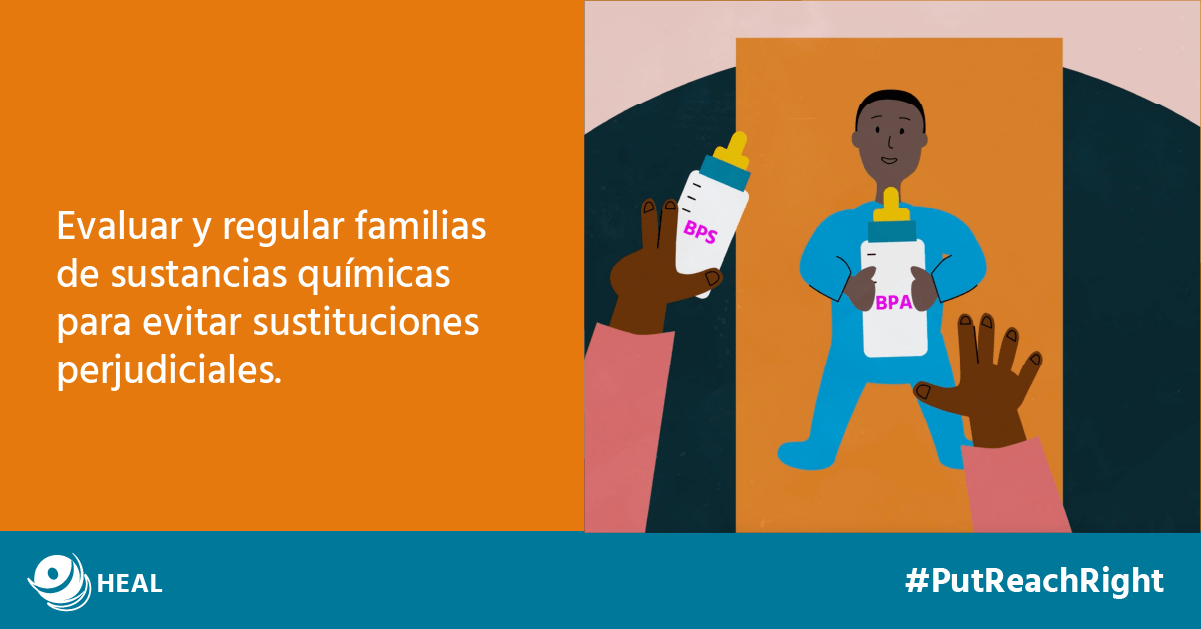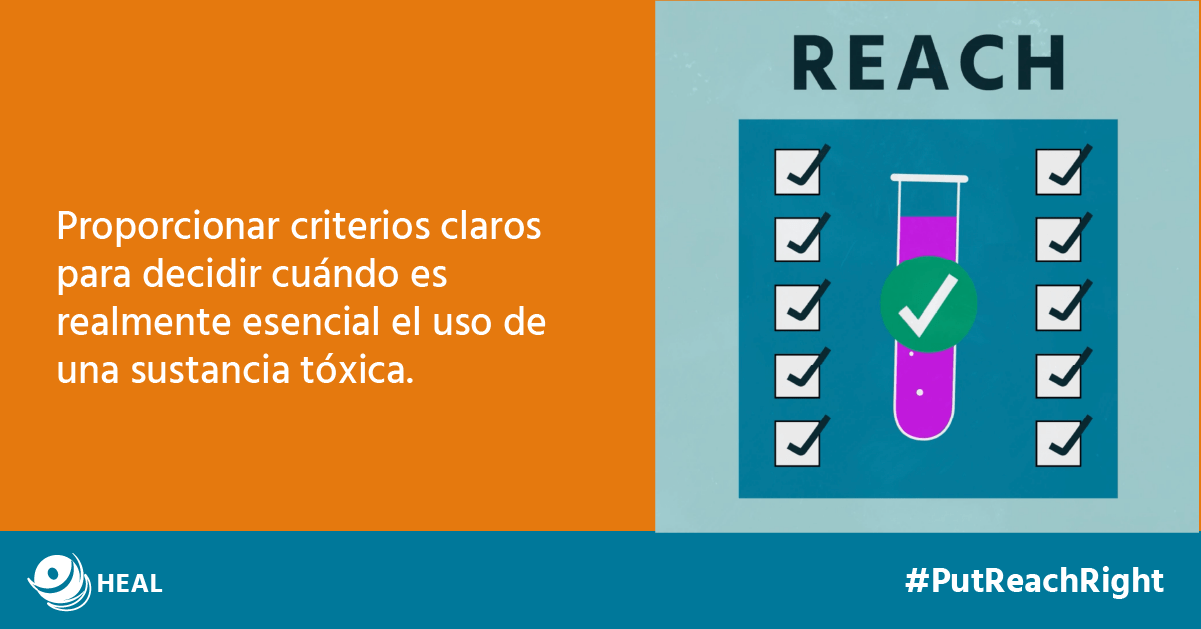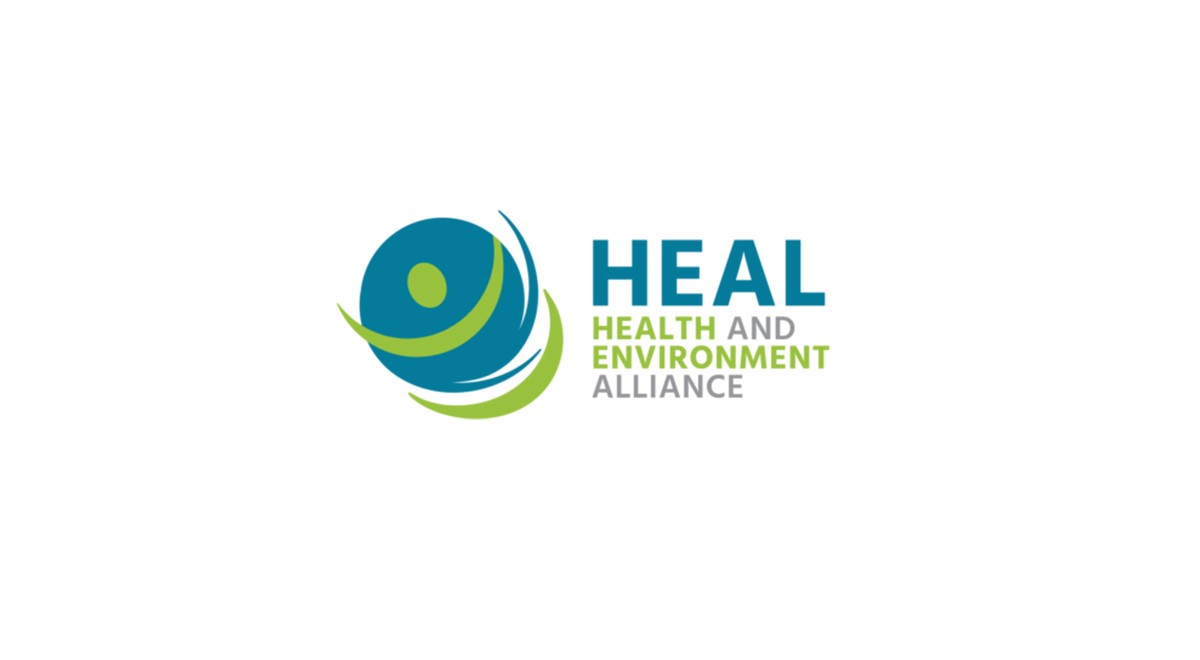The European Parliament adopted today by a large majority the provisional trilogue agreement on the revision of the Ambient Air Quality Directives (AAQD), to update the EU’s clean air standards dating from 2008.
The European Commission has announced an overhaul of REACH, Europe’s flagship legislation on chemicals. A new video from the Health and Environment Alliance (HEAL) spells out how the current system allows dangerous chemicals to slip through the cracks, and our six demands to help get REACH back on track to better protect health and the environment.
This video is also available with French or Spanish subtitles.
REACH provides the framework for how the EU registers, evaluates, authorises and restricts chemicals entering and in use on the European market. First introduced in 2007, REACH applies to all chemical substances produced and imported into the EU, from those used in industrial processes to the chemicals used in our clothes, furniture, electrical appliances, and more.
But the reality is that REACH is neither efficiently, nor effectively being implemented. The regulatory process is riddled with many deficiencies and a lack of industry accountability. In fact, a recent report from the European Environmental Bureau found that it normally takes officials up to 13 years and 8 months to assess hazards of a single chemical substance. Well-known and -studied harmful substances such as bisphenol A, lead, and PVC are still widely present on the market today.
Under the 2020 Chemicals Strategy for Sustainability (CSS), the European Commission committed to publish a proposal to reform REACH by the end of 2022. However, this deadline has been repeatedly extended, most recently to the end of 2023.
It is critical that the European Commission’s commitment outlined in the Chemicals Strategy to swiftly and comprehensively revise REACH is met in order to make meaningful progress in achieving a healthier and more sustainable environment.
Here are our six demands to help get REACH back on track to better protect health and the environment:
- Demand 1: Shift the burden of proof back onto industry and make it easier for authorities to regulate harmful chemicals
Reduce the burden of proof on authorities to regulate a chemical of concern and provide a simpler mechanism for member states to take action based on concerns of harm.
- Demand 2: No data, no market
At the moment, chemicals are put on the market without sufficient and adequate data to prove they are safe. The registration process needs to be upgraded, including through the strengthening of data requirements provision for companies before they can put their chemicals on the market. Strengthening this phase is fundamental to ensure that the rest of the REACH processes move more quickly and authorities to have adequate information to support analyses and next steps.
- Demand 3: Legal provisions to allow sanctions for non-compliance
The EU Chemicals Strategy promised a zero-tolerance approach for non-compliance. Disincentivising non-compliance by fining chemical companies for not meeting requirements under REACH and breaking the law would provide a mechanism for enforcement.
- Demand 4: Assess combinations of chemicals representing real-life exposures
The EU Chemicals Strategy promises to act to “account for the cocktail effect of chemicals when assessing risks from chemicals.” Science has clearly demonstrated the ability to account for differing effects due to real-life exposures to many chemicals at once. It’s time for policy to catch up with science and account for this by applying a mixture assessment factor (MAF).
- Demand 5: Assess and regulate entire groups of chemicals (instead of one at the time)
REACH promotes safe substitution, but industry often swaps harmful chemicals already restricted or banned with less well studied chemicals possessing similar (or even more) harmful effects on health. This practice is known as regrettable substitution. To prevent this from happening, REACH must allow the assessment and regulation of entire groups of chemicals, instead of just one chemical at a time.
Furthermore, grouping chemicals could further simplify REACH assessment processes, reducing the burden on authorities, while incentivising companies to invest into safer alternatives.
- Demand 6: Clear criteria for what constitutes an essential use of a harmful chemical
Some hazardous chemicals are not easy to replace overnight, because their uses might currently be critical to ensure health and safety, or the functioning of society. However, too many exemptions currently allow continuing the use of known harmful chemicals without proper justifications and while safer alternatives exist. It is therefore necessary to establish clear and transparent criteria for when the continued use of those substances can be justified and integrate them in REACH. Criteria for essential use must promote the aim of safe substitution by preventing unjustified derogations, and streamlining and shortening the decision-making processes for restrictions and authorisations.

